
The pituitary gland is situated in the center of the brain, about 10 cm behind the nose, along a virtual line between the ears. In spite of its small size - about the size of a cherry-pit - it is very important. The pituitary gland is the superior ductless gland of the body and produces...
Read More

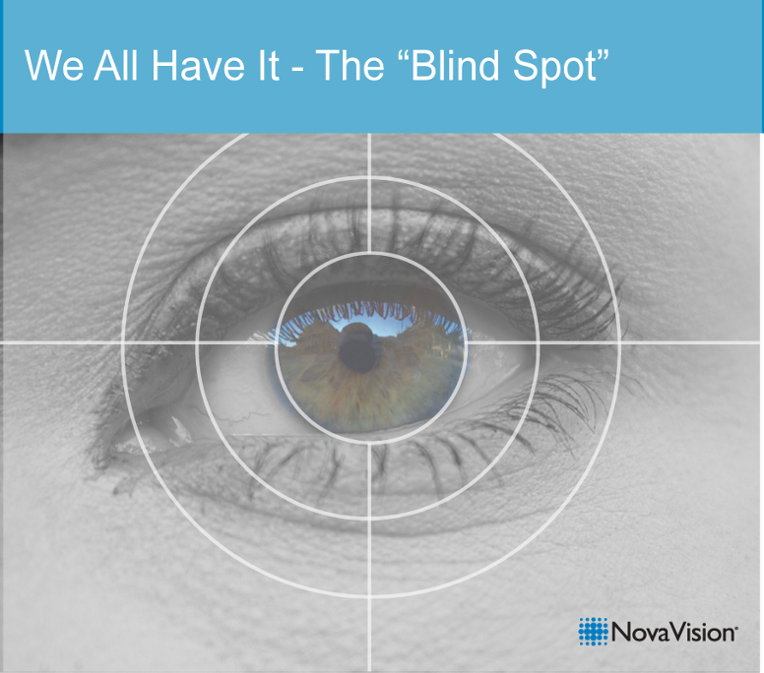

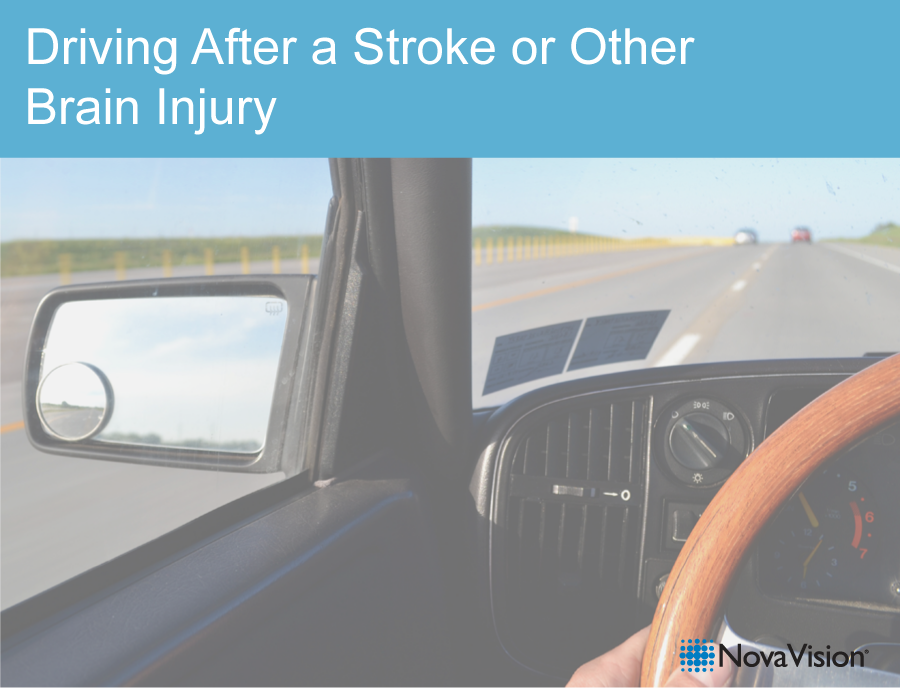
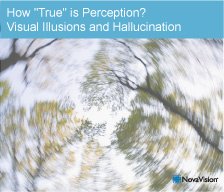
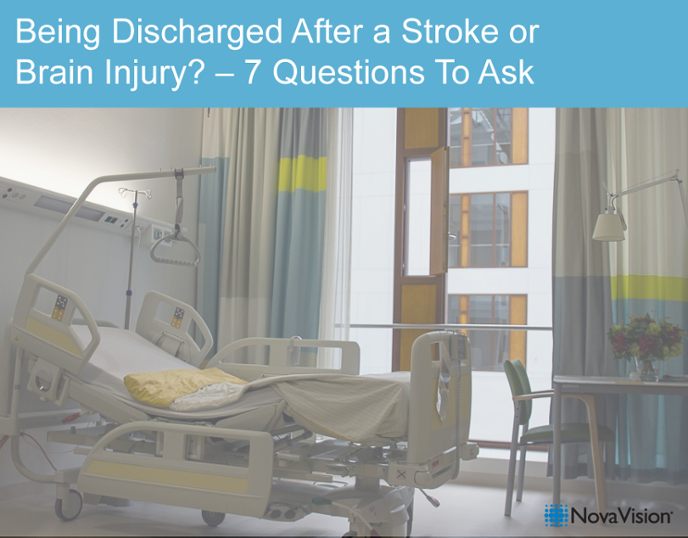



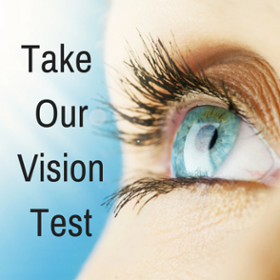
Recent Comments